Beauty Products Market Summary
As per MRFR analysis, the Beauty Products Market Size was estimated at 646.13 USD Billion in 2024. The Beauty Products industry is projected to grow from 666.94 USD Billion in 2025 to 915.63 USD Billion by 2035, exhibiting a compound annual growth rate (CAGR) of 3.22 during the forecast period 2025 - 2035.
Key Market Trends & Highlights
The Beauty Products Market is experiencing a transformative shift towards sustainability and inclusivity, driven by technological advancements and changing consumer preferences.
- The North American market remains the largest, while the Asia-Pacific region is recognized as the fastest-growing area in the beauty products sector.
- Skincare continues to dominate as the largest segment, whereas the makeup segment is witnessing rapid growth due to evolving consumer trends.
- There is a notable emphasis on sustainability, with eco-friendly products gaining traction among consumers across various demographics.
- The rise of e-commerce platforms and increased consumer awareness are significant drivers propelling the market forward, particularly in the context of male grooming and vegan product offerings.
Market Size & Forecast
| 2024 Market Size | 646.13 (USD Billion) |
| 2035 Market Size | 915.63 (USD Billion) |
| CAGR (2025 - 2035) | 3.22% |
Major Players
L'Oreal (FR), Unilever (GB), Procter & Gamble (US), Estée Lauder (US), Coty (US), Shiseido (JP), Revlon (US), Avon (GB), Beiersdorf (DE)


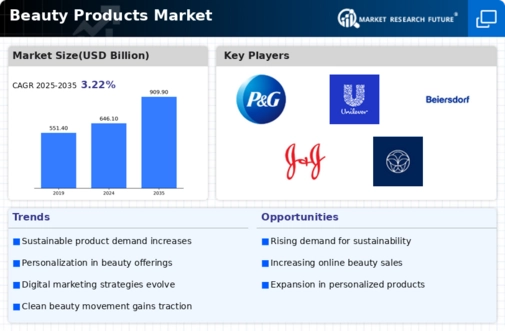
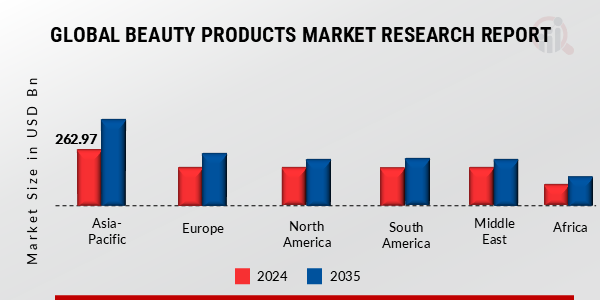
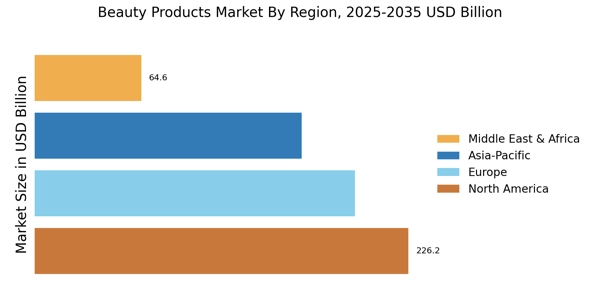
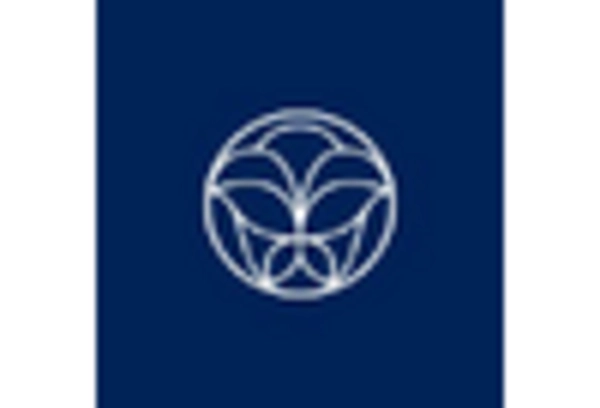
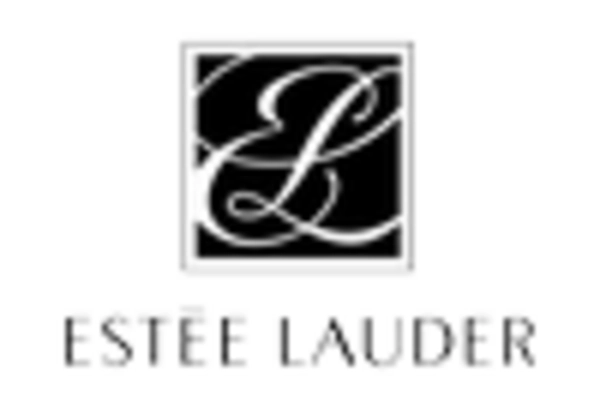












Leave a Comment